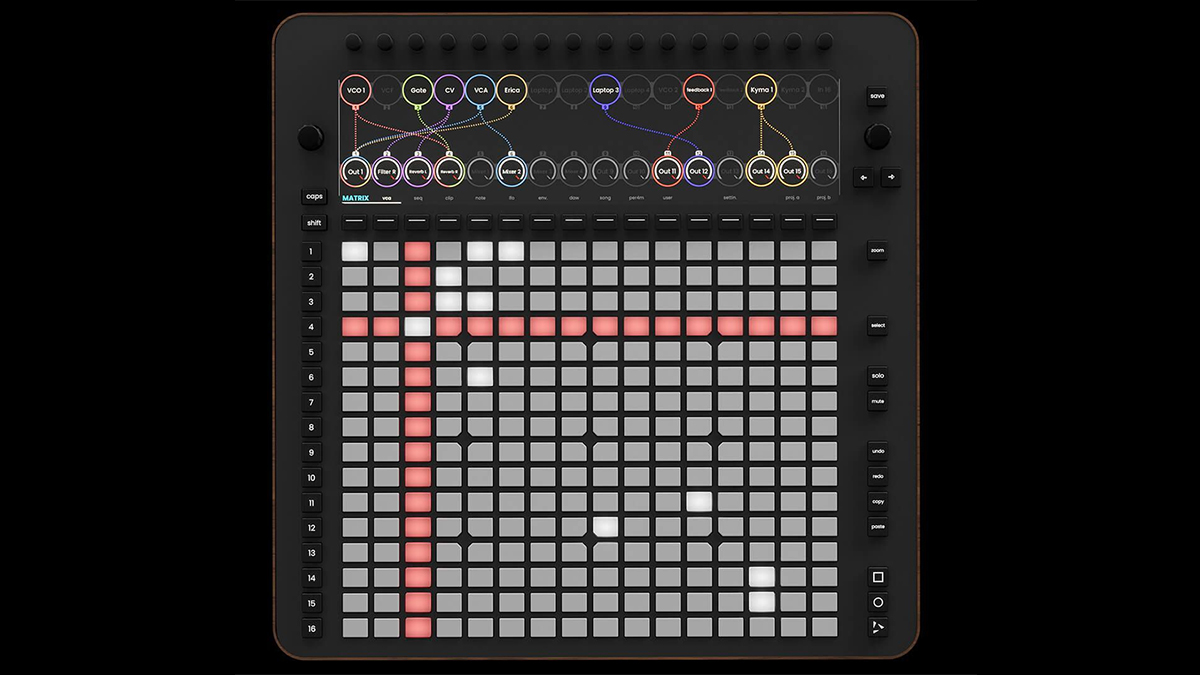Reliq is a “hybrid control surface” that can route and mix audio, sequence tracks and control your DAW
So is there anything it can't do?

Looking a little bit like a lot of other products but also different to anything else, Reliq is a new matrix-based “hybrid control surface” that can be used to route and mix audio, sequence your music and control your DAW.
The majority of Reliq’s top surface is taken up by a 16x16 grid of buttons. This can be used to connect any input to any output with a single press, and you can store and recall signal routings in real time.
When in its sequencing guise, Reliq offers 16 polyphonic sequencers, while modes include Euclidean and Stochastic. You get eight voices of polyphony and 128 patterns per track, an LFO and envelope per track, real-time parameter recording and MPE compatibility.
When it comes to modulation, you can draw automation, LFO shapes and envelopes on the button grid.
DAW control features, meanwhile, include the option to trigger loops and clips, adjust mixer and instrument settings and arrange clips. A dedicated plugin enables you to sync and control Reliq from your DAW, too.
Naturally, there’s plenty of I/O: three MIDI Outs, one MIDI In, USB-C MIDI, USB Host, 16 x gate and 32 x CV, reset out and clock out. The CV/gate connectivity and 16x16 matrix I/O comes in its own Eurorack-compatible case; this can be powered from the main Reliq unit via USB-C or a Eurorack power supply.
It’s hard to know what to make of Reliq without seeing it in action. There are no videos to watch at this stage, but you can sign up for a launch invite on the website and receive a discount. The standard price will be $1,699.
Get the MusicRadar Newsletter
Want all the hottest music and gear news, reviews, deals, features and more, direct to your inbox? Sign up here.



I’m the Deputy Editor of MusicRadar, having worked on the site since its launch in 2007. I previously spent eight years working on our sister magazine, Computer Music. I’ve been playing the piano, gigging in bands and failing to finish tracks at home for more than 30 years, 24 of which I’ve also spent writing about music and the ever-changing technology used to make it.









